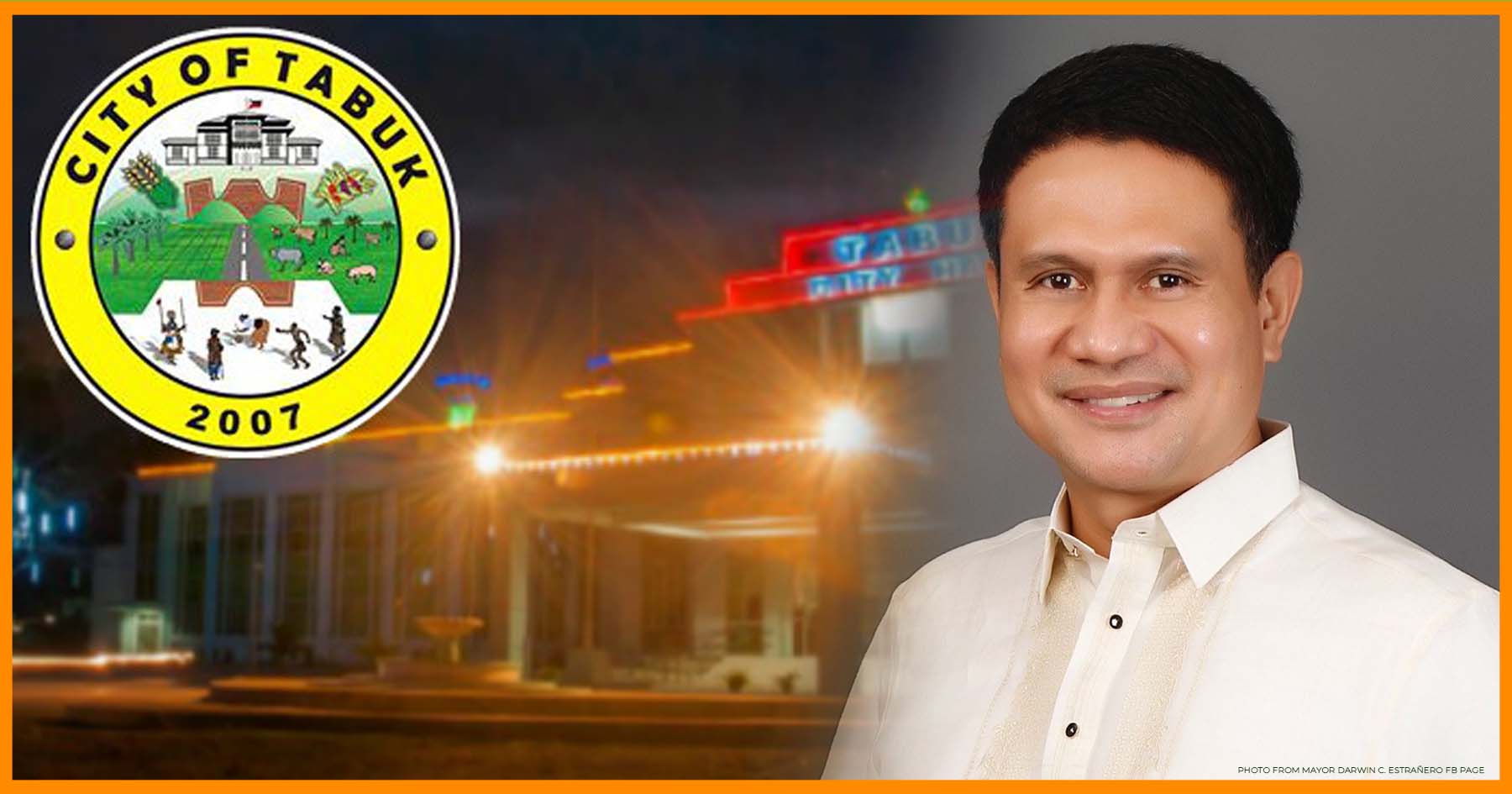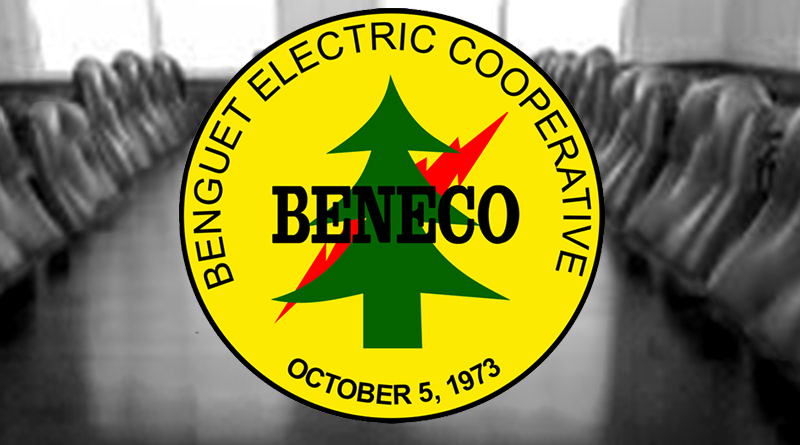BAGUIO CITY – The Modernization program emerges as a vital strategy to revolutionize prevention and response efforts. The alarming tally of 107 forest fires recorded from January to the present shows the urgent need for proactive measures to mitigate the devastating impact of such disasters.
Central to these modernization endeavors is the active involvement of communities, coupled with the concerted efforts of agencies like the Department of Environment and Natural Resources (DENR). Education emerges as a critical tool, particularly in forested regions, where residents may unknowingly engage in practices like kaingin (slash-and-burn agriculture), which not only degrade the environment but also pose significant risks to lives and property.
The recent staging of the Fire Olympics, dedicated to skills enhancement, underscores the ongoing commitment to training and readiness in firefighting techniques. Nevertheless, the persistent challenge lies in overcoming outdated infrastructure, including aging fire stations and lack of equipment.
According to FDIR. Louie S. Puracan, Ceo VI, Chief of Bureau of Fire Protection, “Out of 1,485 municipalities in the country, may 123 municipalities pa walang fire station. So, with modernization program, icocomply natin ito. Isa pang challenge sa amin is, yung medical emergency kasi, nalipat sa amin yung medical emergency response ng gobyerno. Buong Pilipinas, yung ambulansya namin is nasa 300 plus pa lang. Out of the 1,485 municipalities. So, napakalaki pa nung kakulangan. But with modernization law and the funding, sana makuha namin in the next 5 years. 10 years program po ito, but we’re looking at 5 years tatapusin na po namin.”
A comprehensive modernization program has been set in motion to address this pressing concern. Funding, primarily from tax collections, is strategically allocated towards upgrading fire stations and procuring essential equipment such as state-of-the-art fire trucks and ambulances. The ultimate aim is to ensure that every municipality in the Philippines is equipped with the necessary resources for adequate fire prevention and response.
“So, for the last 2 years, maganda yung resulta ng water station. Nasa 200 to 300 fire trucks tayo per annum. And hopefully, we can erase na by the year end, lahat po ng munisipyo buong Pilipinas, may fire station at may fire truck.” FDIR. Puracan updated on the state of fire stations across the country.
Furthermore, hurdles such as the reluctance of some local government units (LGUs) to donate land for fire station construction impede progress. Secretary Benjamin “Benhur” de Castro Abalos Jr. has spearheaded proactive measures, engaging with LGUs and governors to secure land donations. Such initiatives underscore the urgency in prioritizing fire prevention and response, recognizing their indispensable role in safeguarding communities.
However, in urban places like NCR, Cebu, Davao, and Baguio, where land values are increasing, securing suitable locations for fire stations still becomes a challenge. “Actually, yung 123 municipalities, ito yung municipalities na hindi pa nag-allocate ng lote para sa Bureau of Fire. Ito yung hindrance talaga. Walang loteng pagtatayuan.” FDIR. Puracan said.
The scope of modernization extends beyond infrastructure to include specialized training and equipment for forest firefighting. With forest fires on the rise, establishing dedicated units trained in forest firefighting techniques is imperative.
In the face of evolving challenges, a collective commitment exists to modernize fire prevention and response efforts comprehensively. By leveraging resources, technology, and community engagement, the Philippines aims to bolster its resilience against the threat of wildfires, ensuring the safety and security of its citizens for generations to come. By Hazel Rose N. Infante
















